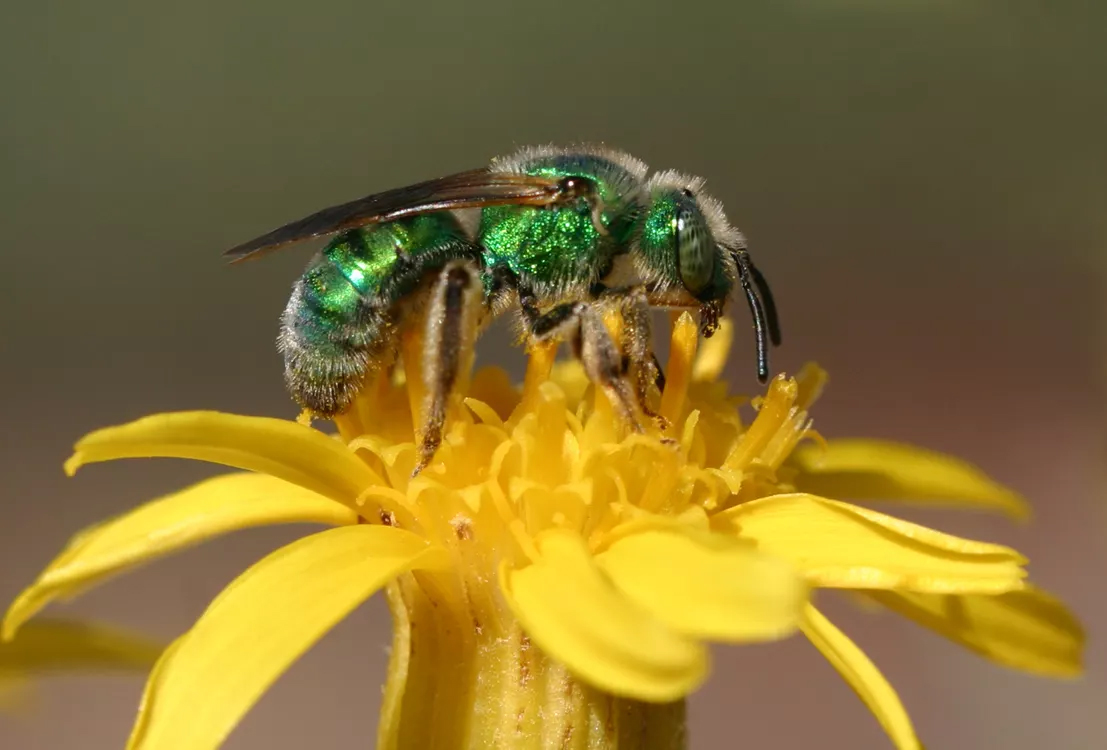Bee species’ behavior has fascinated humans for eternity. Throughout the world, we watch them buzzing from flower to flower, collecting pollen. From classical songs to company logos and home décor, … Read more
South Central
NWF’s South Central Regional Center encompasses 12 states along the Gulf Coast and stretches into the Midwest. Priority programs focus on protecting and restoring healthy rivers and estuaries, conserving wetlands, protecting wildlife habitats, and connecting people with the natural world.

Leveraging the Individual Voice at Maurepas Swamp: The Case for Public Input
Corps reconsiders decision, selects Maurepas Swamp restoration for mitigating impacts from levee project “Take action!”“Sign this petition.”“Call your representative.”“Write your congressman.” People often think their individual voice won’t make a … Read more
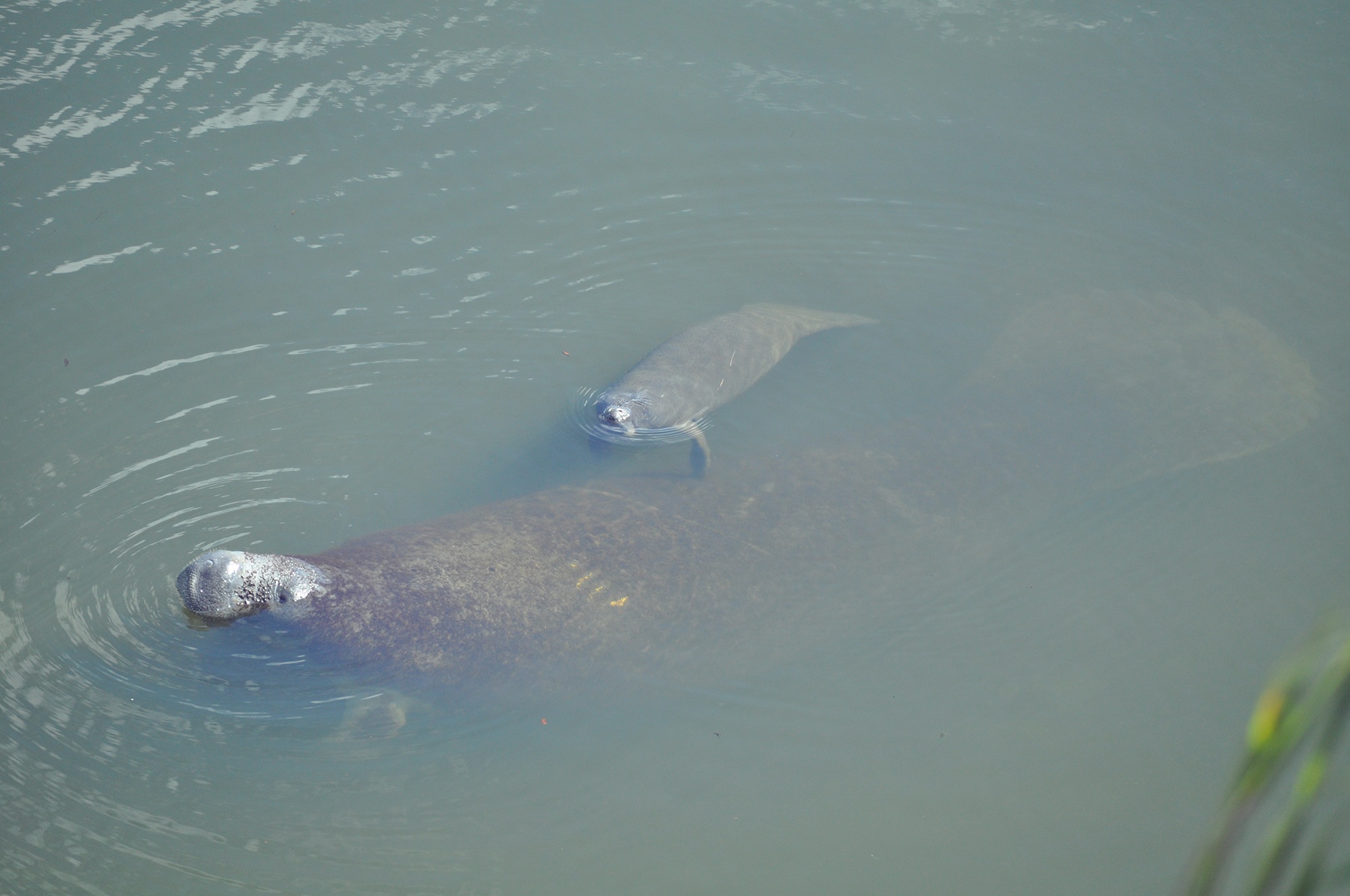
New Flood Resilience Report Highlights Risk at the Community Level
Changing environmental conditions — including increased impacts from climate change-driven sea level rise, land subsidence, and more — all factor into a community’s risk of flooding. More and more areas … Read more
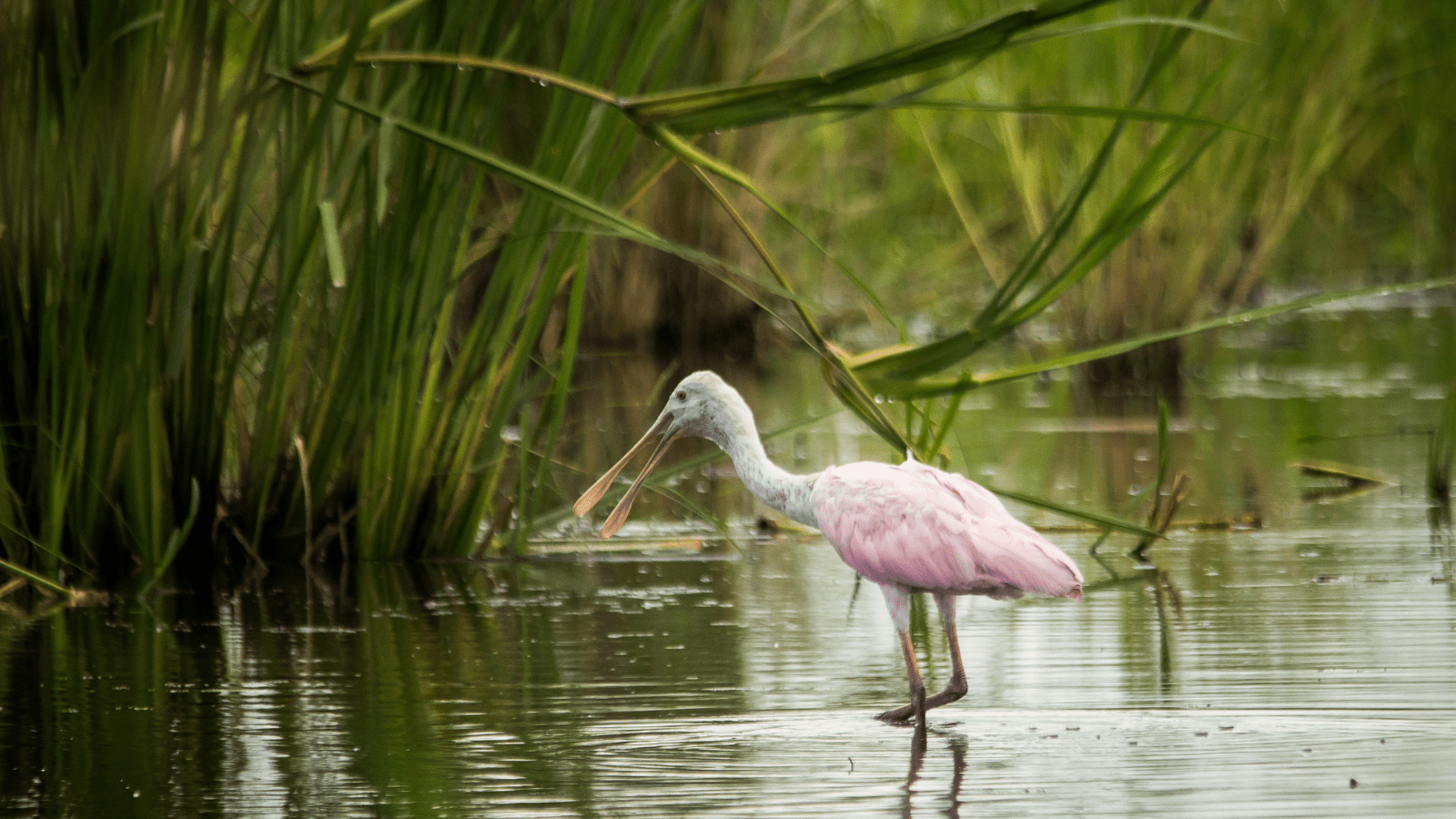
Let’s Move Some Dirt! Golden Triangle Marsh Creation
After many years of planning, the State of Louisiana broke ground on the $54.6-million Golden Triangle Marsh Creation project, a 600-acre project the National Wildlife Federation has long advocated for, that … Read more
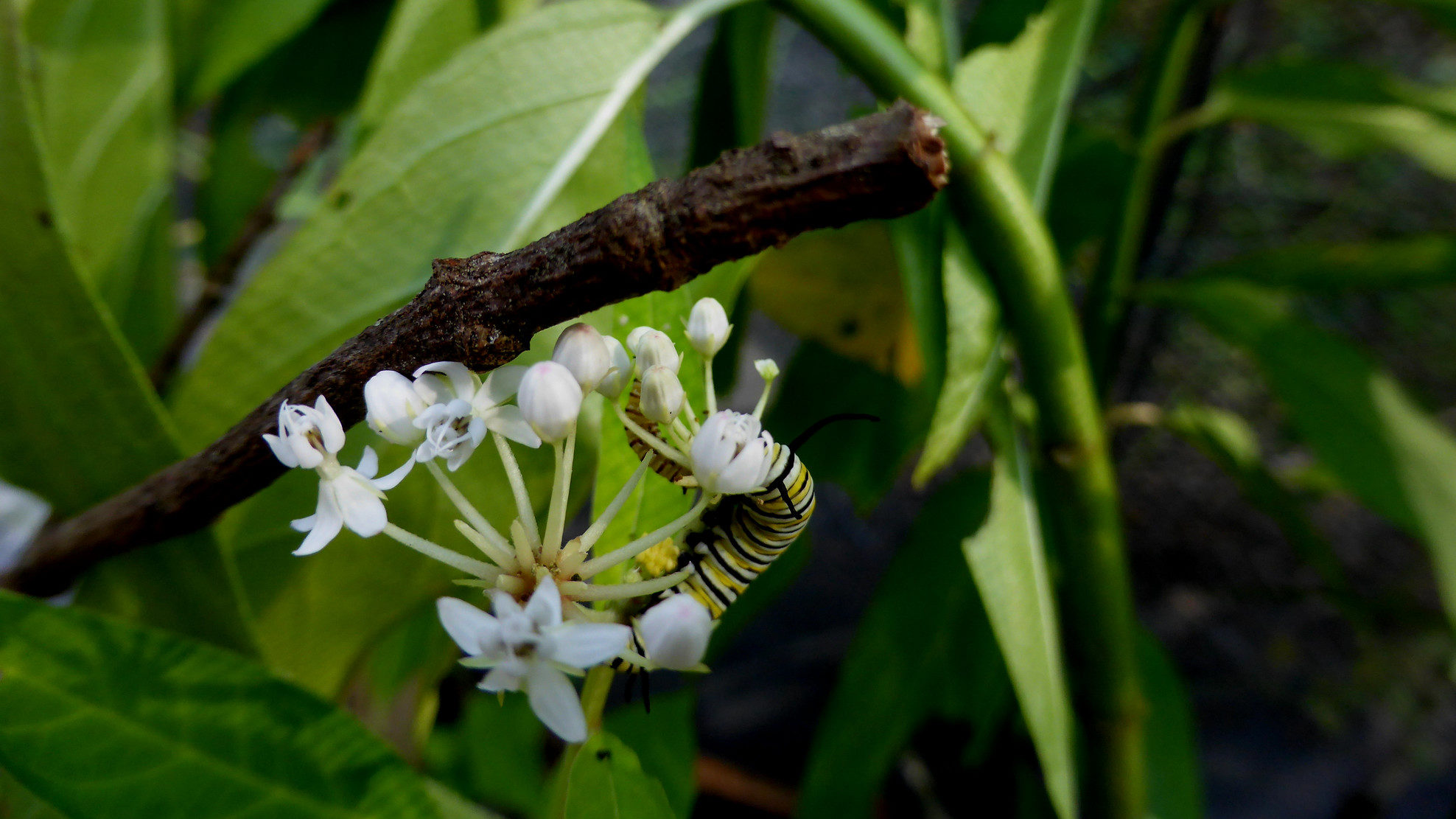
From Backyard Monarch Enthusiast to Citizen/Community Scientist
Misadventures with milkweed About ten years ago, a neighborhood friend of mine told me with great enthusiasm about her adventures raising monarch butterflies. I was intrigued. I followed her lead … Read more
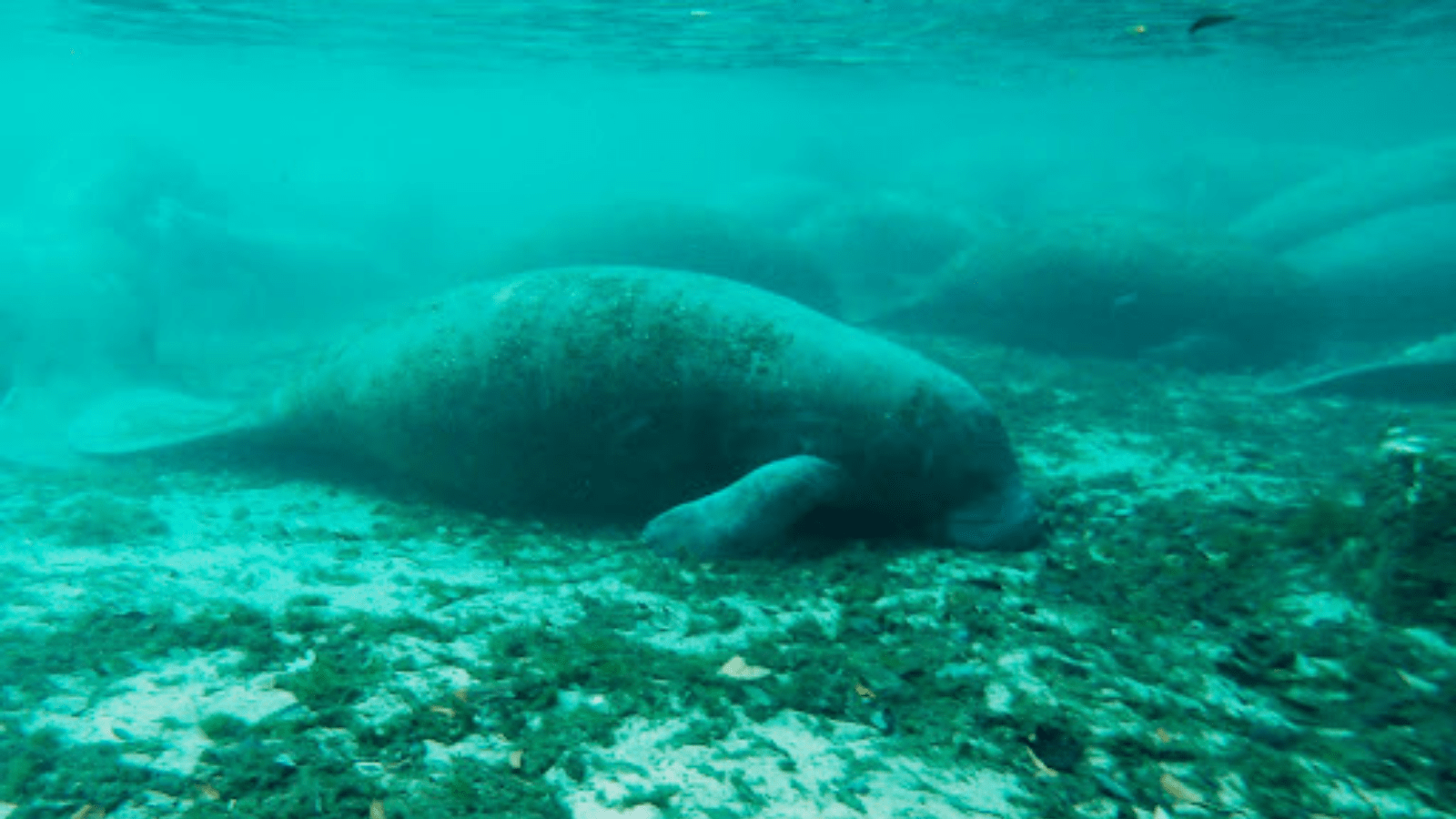
Manatees on the Move!
Did you know manatees are being sighted with increasing frequency in Northwest Florida? More and more coastal residents and visitors are delighted as they see manatees when they are swimming, … Read more
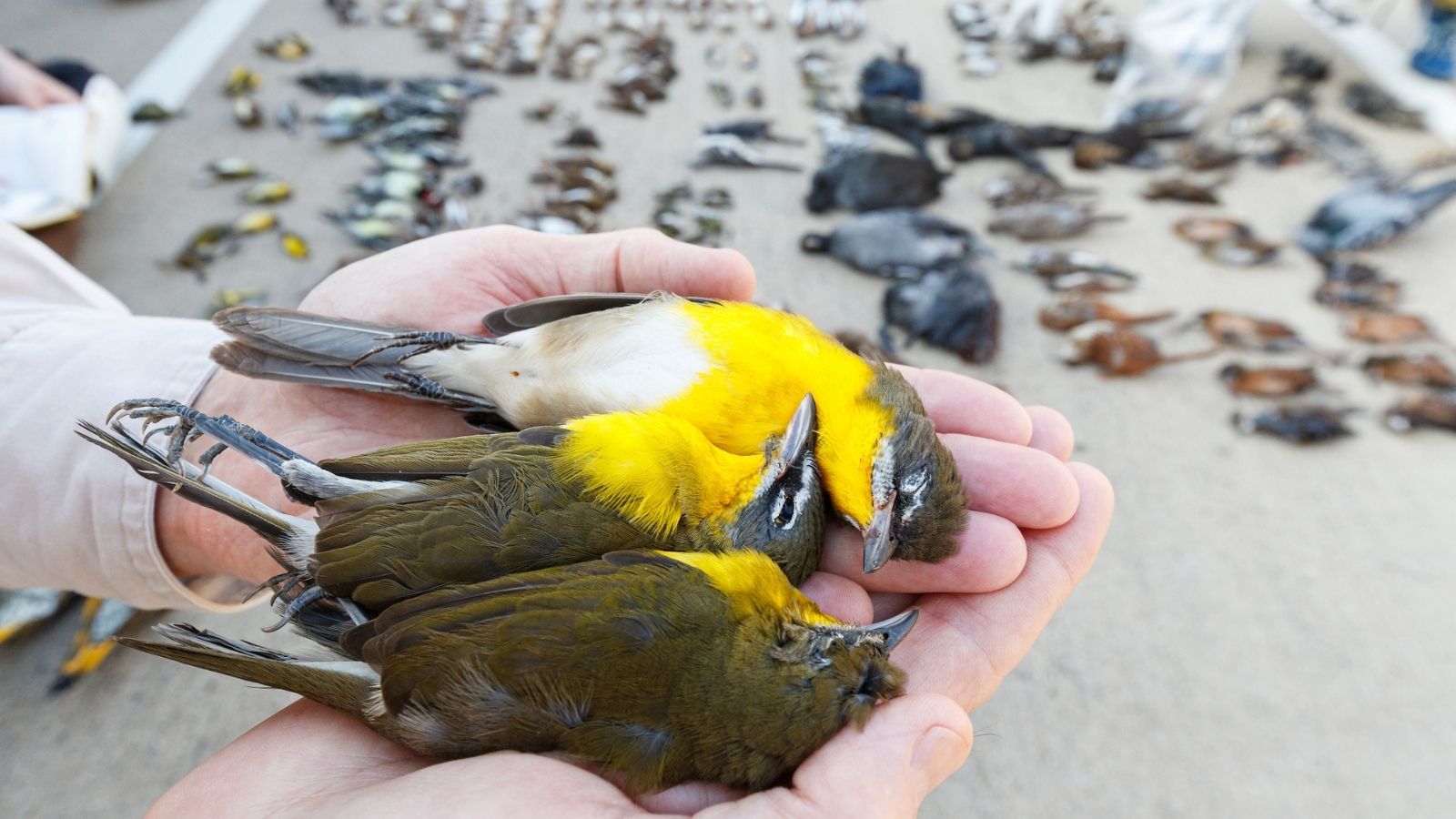
Lights Out Texas
Avian migration, one of nature’s most extraordinary spectacles, takes flight every spring and fall. Up to two billion birds soar across Texas making the Lone Star sky a bird superhighway. … Read more
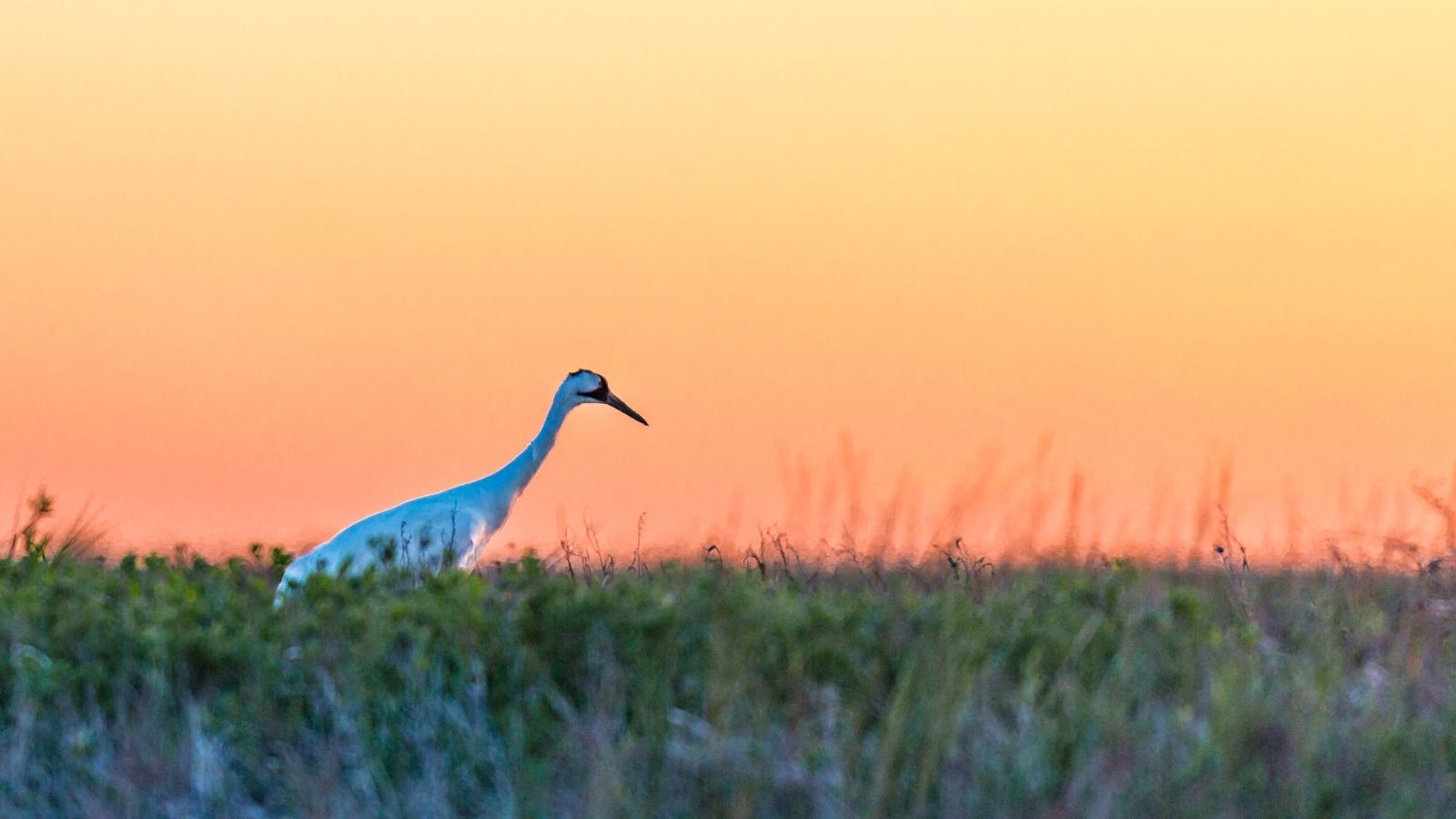
Four Ways Climate Change is Impacting Key Species in Texas—and Four Ways to Combat It
You haven’t truly seen a whooping crane until you’ve wandered onto the wetlands where they winter. The horizon is just a bit bigger there. Saltmarshes and ribbons of water unfurl … Read more
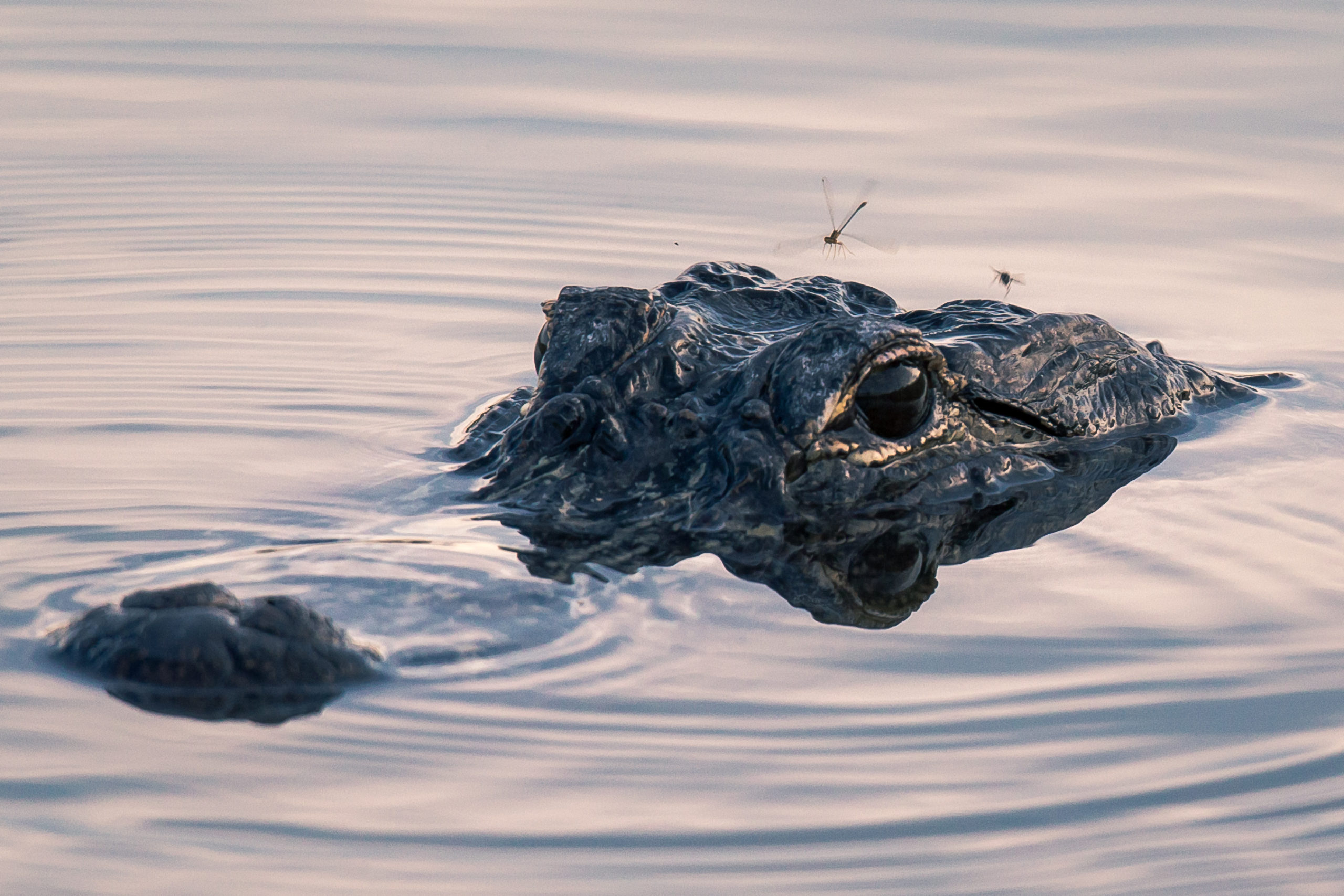
Louisiana’s Best Shot: Restoring the Coast by Working With Nature
When most people recall the Deepwater Horizon Oil Spill disaster, they remember picture after picture of oil-covered marshes, pelicans, sea turtles, and other wildlife. Many of those pictures were from the … Read more
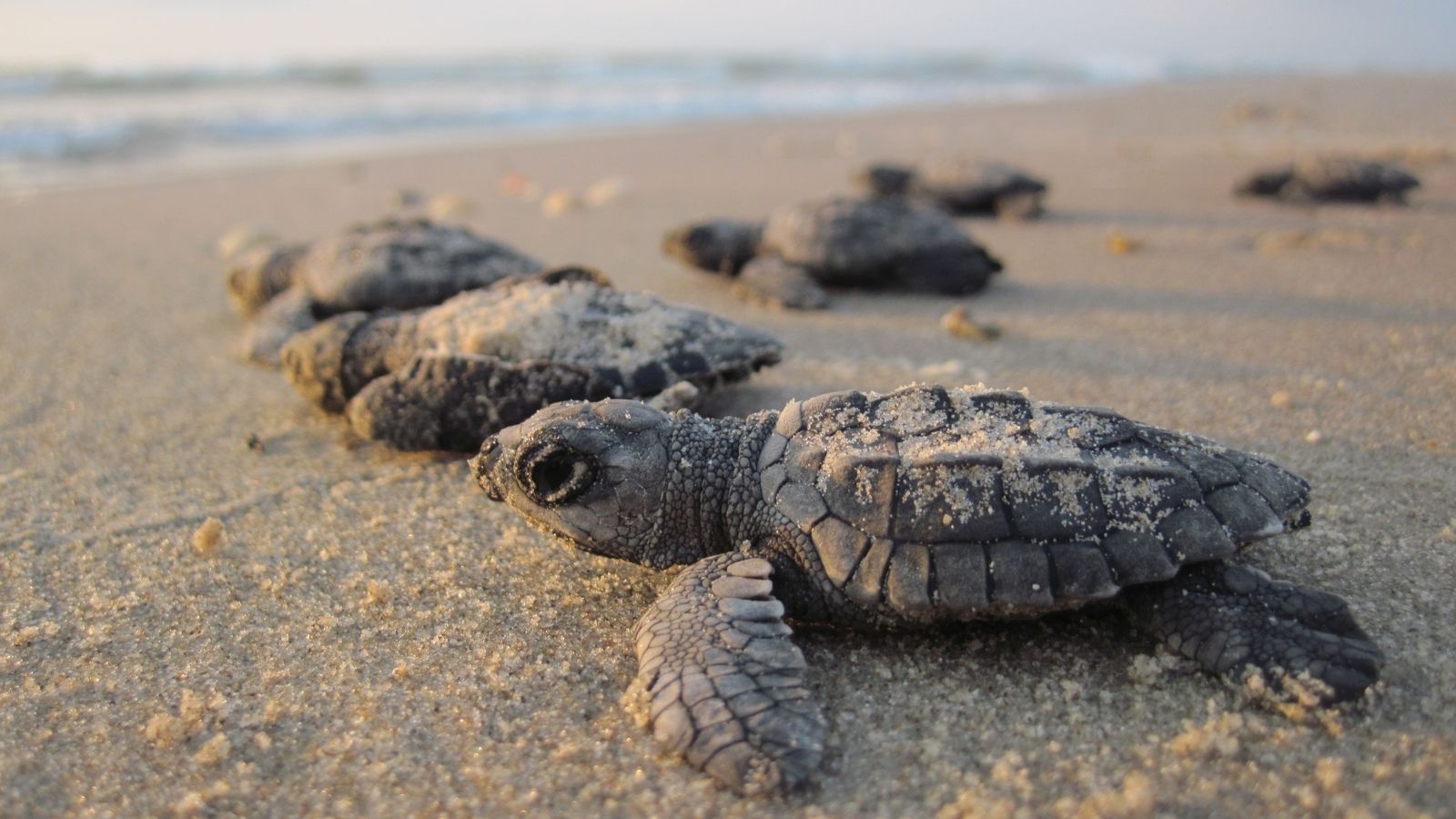
11 Years After the Deepwater Horizon Oil Spill and a $100 Million Look Ahead
Eleven years ago, the BP Deepwater Horizon explosion killed 11 people and for 87 days oil flowed into the Gulf, injuring critical habitat, fish, and wildlife. Even now, the impacts … Read more

